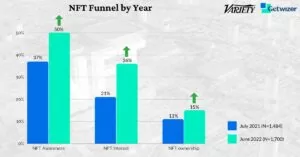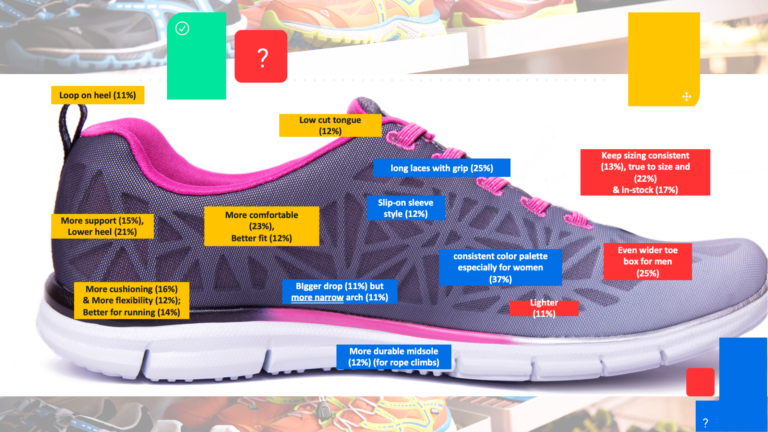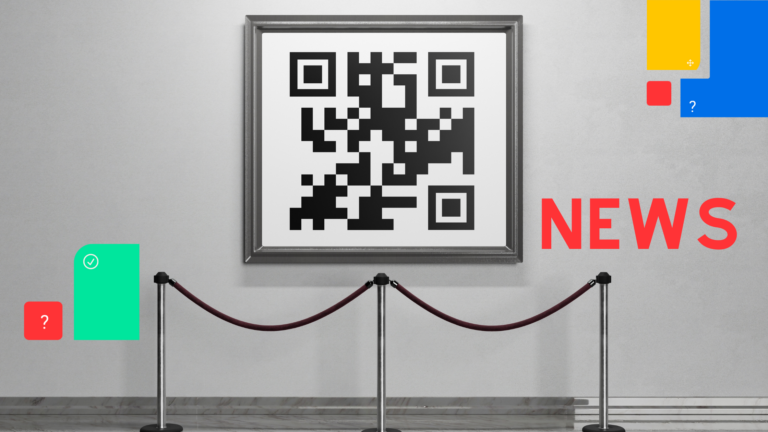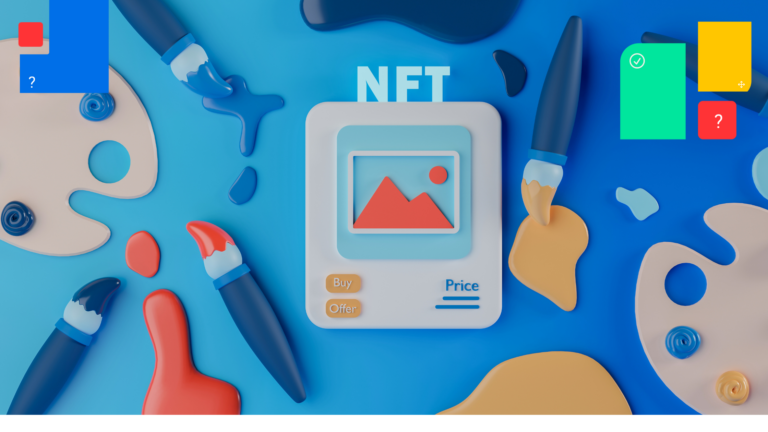
5 Trends That Are Reshaping Consumer Research
- May 29, 2017
- 8 min
The need for deeper analysis in today’s noisy, data-driven world is driving innovation
Knowing your market and listening to your customers are essential to the success of your business. Being in tune with your target’s preferences, motivations, and buying behavior enables you to adjust and tailor your products and services in ways that best suit them.
Success is a result of focus. Guessing risks wasting precious resources. Being a generalist does not make the most of your time, effort, and investments. Conducting consumer research, however, is a proven competitive knowledge advantage that takes you a giant step closer to achieving your business goals. Leveraging robust consumer research empowers you to create better products and services, satisfied and happier customers, and, of course, revenue and growth.
Investment in consumer research endows an organization with transformation as they face the challenges and opportunities brought by emerging technologies and changing consumer behavior. Research itself is responding to these transformations with its own adaptation and evolution. Here are five trends that are reshaping consumer research:
- GATHERING NEW INFORMATION FROM CONNECTED DEVICES
From home systems that have information about users’ daily activities to in-store sensors that track a shopper’s movements, to wearable devices that monitor a body’s physical performance, International Data Corporation estimates the global spending on connected devices (more commonly known as the Internet of Things or IoT) to reach $1.29 trillion in 2020.
A vast network of physical objects utilizing embedded sensors, actuators, and other devices that can collect or transmit information about those objects, connected devices amass a colossal amount of data that can be used to analyze and, eventually, optimize products and services. With 30 billion units forecasted by 2020 (as identified by McKinsey & Co.), connected devices are a rich source of data and insights for consumer research.
Moreover, a 2016 Google survey revealed that more than one-fifth of people move back and forth between smartphones, tablets, and computers throughout the day. Fifty-seven percent use more than one type of device; while 21 percent use a computer concurrently with another device within the same hour at home.
To benefit from the rapid growth of connected devices, consumer research can be done by combining primary data with secondary data collected passively from the devices. This also makes it imperative that research designs are cross-platform friendly, as more people are using multiple devices to start and finish tasks.
- ENHANCING DATA-DRIVEN ACTIONS WITH BIG DATA ANALYTICS AND ARTIFICIAL INTELLIGENCE
One outcome of today’s fast-paced and digitally-connected world is the production of a tremendous amount of data. According to PricewaterhouseCoopers (PwC), with 2.5 quintillion bytes of data being produced daily, “. . . 90% of the data in the world today has been created in the last two years alone.” Further, the big data market is expected to be valued at $53.4 billion this 2017.
In fact, big data is identified as a clear game-changer in market research by the most recent GreenBook Research Industry Trends (GRIT) Report. And a PwC survey revealed that 80 percent of Global CEOs say data mining and analysis is strategically important to their organization.
Simultaneously, this big data powers artificial intelligence (AI). The World Economic Forum (WEF)’s Meta-Council on Emerging Technologies – published in collaboration with Scientific American — identified the technology of an open AI ecosystem as based on “shared advances in natural language processing and social awareness algorithms, coupled with an unprecedented availability of data.”
Consumer research leveraging the power of big data and AI enables the extraction of insights from both structured and unstructured data from all data sources at a faster pace. In fact, that is exactly what GetWizer is doing. It analyzes business questions and provides fast, affordable, and in-depth market insights.
The results? More robust research that fosters intelligent and appropriate products and services that fit the needs of the market, enhances strategy concerning consumer behavior, and supports better data-driven decisions for the organization.
- LEVERAGING REAL-TIME INSIGHTS AND EFFICIENCY WITH AUTOMATION
Consumers today are not only producing data at a rapid pace; they are also becoming more sophisticated. They are increasingly demanding a more personalized experience. At the same time, they are more open to switching to or trying out new products and services that immediately respond to their needs. This new face of consumers is challenging for businesses.
As a result, businesses are demanding not only better analysis and insights from customer data, but also wanting it at the tip of their fingers as swiftly as possible. This, then, enables businesses to quickly react to their consumers’ predilections of the moment.
With the volume of data being produced every day, manually analyzing this to produce useful and timely consumer insight for businesses has proven too big – perhaps impossible – a task for many. As a response, the same GreenBook GRIT Report identified automation as another clear game-changer in the market research industry.
“It’s how quickly we as an industry can keep up with the sentiment of the people we’re researching and the demands of our clients that will define our future,” noted Ben Leet, Managing Director of Instantly.
Automation provides efficiency and real-time insights. Consumer research stays more relevant when automation is combined with human filtering that emphasizes the quality of insights over their quantity. In fact, a previous GreenBook GRIT Report revealed that 57 percent of respondents use market research to answer important questions that cannot be answered with other data sources.
Automation liberates time that can be filled by the exploration of innovative and creative ideas that will eventually focus research time and effort on answering questions like “Why?”, “So what?”, and “What else?”
- SHIFTING FOCUS TO ADVANCED TECHNOLOGIES AND NEW PLATFORMS
“We live in a world where people literally expect answers at their fingertips, and to find them, they’re turning to the nearest device,” noted the same Google survey. The device with the highest usage today is mobile. The survey revealed that 80 percent use smartphones in an average day, and 27 percent (or more than one in four users) only use a smartphone in the same timeframe.
In addition, videos are emerging as an increasingly popular form of communication and consumption. According to KPCB, online video accounts for 74 percent of all online traffic in 2017. It’s not only customers; even executives are consuming videos.
In a report published by Forbes, 65 percent of surveyed executives have visited a vendor’s website after watching a video. “Overall, executives notice ads that run alongside videos, and many are comfortable watching in-stream ads. [And] video-friendly younger executives are more comfortable with these ad formats.”
Another example of an emerging technology used for consumer research is eye-tracking hardware that provides a level of behavioral insight. StrategyOne also cited advances in the field of behavioral economics and neuroscientific techniques as contributing to the shifting paradigms within research. Electroencephalographic (EEG) measurement of brain waves looks at the general effectiveness of an ad campaign. Functional MRI, on the other hand, aids in understanding the cognitive process that drives consumer reaction to an ad campaign.
New technologies and platforms require consumer research to rethink current models and incorporate new techniques to better monitor and understand consumer activity and behavior. This marks a shift of budget towards nontraditional mediums. More importantly, consumer research can drive effective and better insights from the combination of information processing and measuring engagement capabilities.
- BECOMING AGILE WITH NEW RESEARCH METHODOLOGIES
Consumer research is becoming more real-time and agile. This causes the reimagining of traditional research techniques, the invention of new ones, and the combination of both old and new models for optimal results.
Greenbook’s GRIT Report identified mobile surveys, Market Research Online Communities (MROC), and unstructured data analysis — which include social media and text analytics — as the current mainstream methods used in conducting consumer research.
TNS CEO Richard Ingleton noted, “With social data, the ability to ask questions in the moment means we can give our clients a much more accurate answer than any of the traditional techniques. They’re still asking the same questions, we’re just answering them better — more quickly, more accurately and more relevantly.”
While the traditional long-form survey is taking a back seat, StrategyOne identified old methodologies such as ethnographies and lengthy in-depth interviews as making a comeback. The need for deeper analysis in today’s noisy, data-driven world raises the demand for these models that help identify consumer behavior in a more detailed and personalized way.
BRINGING INNOVATION TO CONSUMER RESEARCH
Consumer research, like any other industry, is at the cusp of a dynamic modification because of technology. But one thing remains the same: Providing innovative and valuable products and services relies on a strong understanding of the market and consumer. Rather than just leveraging internal knowledge, businesses not only need to gather information about target customers, but also draw ideas from the overall market and competition.
As the world gets even more interconnected and active across all mediums — both offline and online – it behooves businesses to focus on continuous and proactive customer engagement, utilizing all new technologies and platforms, enabling research and insight to continue to drive successful decision-making.
Get started
You too can test anything, anytime, over and over again.
We'll be in touch soon. Privacy settings















